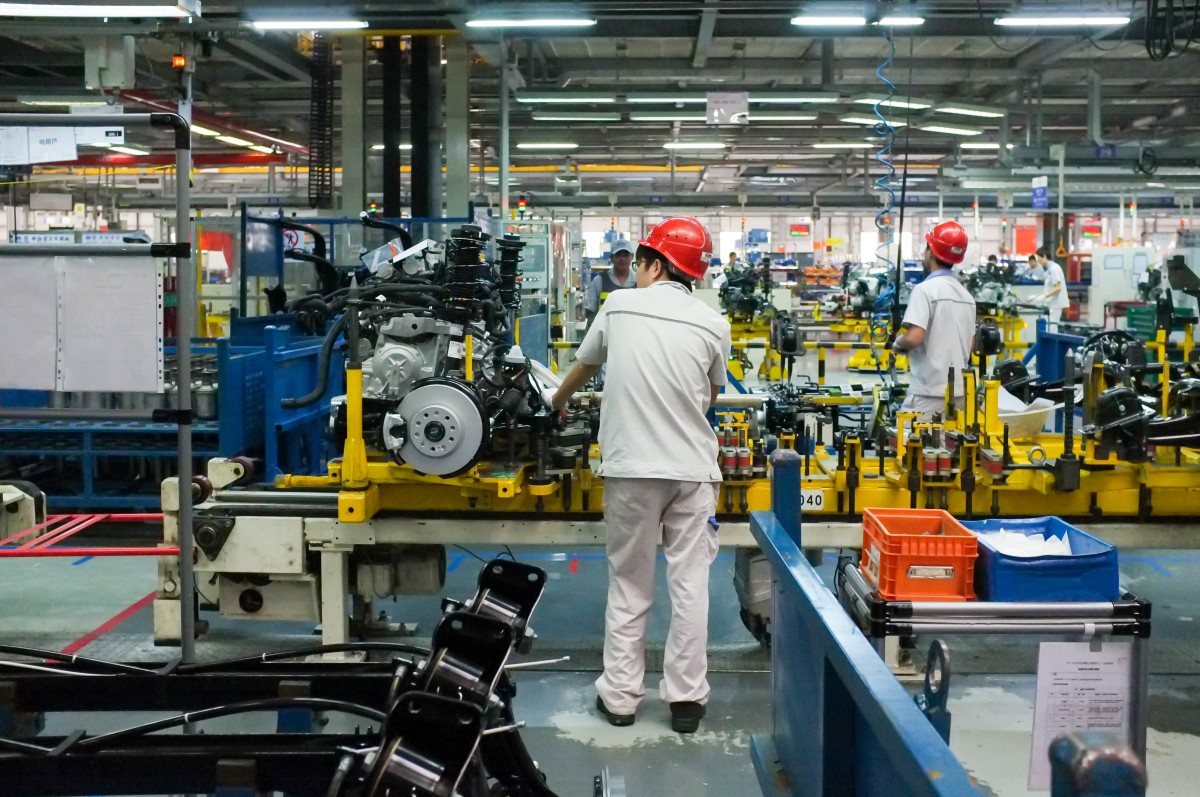China has been grappling with power shortage over the last few months, which has now posed a new set of challenges for the world’s largest exporter. More supply chain disruption is upcoming as the country’s current energy crisis is having a spillover impact on factories trade flows, thus disrupting China’s massive manufacturing base.
As per UNCTAD (United Nations Conference on Trade and Development), Beijing has emerged as an export powerhouse after its accession to the World Trade Organization in 2001 when its share of exports was less than 5% of the total. According to April figures of UNCTAD, China in 2020 had the largest share of global exports in goods with 14.7%. Chinese exports increased almost 50% year-on-year to $710 billion during the first quarter of 2021, the U.N. agency added.
Thus, many industry stakeholders are anticipating ripples from China’s power shortage to cause supply chain issues for sectors ranging from steel products to plastics, home appliances, consumer durables, chemicals and textiles.
China has imposed a reduction of electricity usage in power restrictions to at least 20 provinces and regions, in a measure to cut the consumption of fossil fuels for meeting energy and emission intensity reduction targets.
Several provinces like Jiangsu, Guangdong and Zhejiang, which have thousands of tech facilities, are currently facing power shortages which have resulted in factories either shutting down or operating on limited days. Besides this, surging coal and natural gas prices and challenging weather conditions have also contributed to the power shortage in China.
Louis Kuijs, Head of Asia Economics at Oxford Economics, sees largely the strict implementation of climate and safety targets by the local government as the cause behind the energy crisis in China. In addition, the coal shortage resulting surge in coal prices had led many electricity producers to limit or stop electricity production to cut losses. However, the analyst expects the power shortages and most production cuts to be eased in the coming months.
How China’s energy shortage affects global supply chains
Beijing’s tighter energy consumption policy has lead at least 15 publicly traded companies to suspend their production at some in their factories in order to comply with the regulations, Chinese media reported.
A key mechanical parts supplier for Apple and Tesla, Eson Precision Engineering, said it suspended its production from Sunday until Friday at its facilities in the Chinese city of Kunshan. Pegatron Corp., a key partner for Apple and one of the assemblers of its iPhone, announced last month it began to adopt energy-saving measures. Another iPhone speaker component supplier, Concraft Holding announced in a stock- exchange filing that it would pause production for five days at its manufacturing facilities based in Suzhou.
In the meanwhile, world’s No. 1 automaker Toyota Motor Corp, which has full-scale automobile production capabilities in China, has also registered operations being impacted by China’s power shortage. Print circuit-board maker Unimicron Technology, a key Apple supplier, said its subsidiaries in the Chinese cities of Suzhou and Kunshan in Jiangsu Province needed to stop production last week to “comply with the local governments’ electricity limiting policy”.
Analysis by Russell Group estimated that the current power shortages that have gripped the country could see $120 bn of trade flows delayed, in a few months. As per the report, the shortage in some of the provinces has, in turn, affected some of its key ports, like Ningbo, Guangzhou, Yantian and Shekou, which are located within the affected provinces. The researcher’s report suggested that ICB’s (Integrated Circuit Boards) were the most impacted commodity at $1.5 bn. If the disruption continues for more than a month, Telephone equipment ($1.3 bn) and clothing ($635 m) were the other key commodities that will be impacted, it added.
Prices running high
Adding another unwanted twist, many experts are suggesting that a surge in commodity prices this year could become permanent, leading to inflation. This also comes at a time when prices were already running high, on the back of disrupted supply and sudden demand jumps due to the coronavirus led shutdowns. This has further pushed up costs for downstream industries and end-users.
“The sharp rise in energy prices could lead to a more permanent downturn,” commented Carsten Gerlinger, Managing Director and Head of Asset Management at Moventum AM. Gerlinger added that “China’s energy supplies rationing can lead to real losses in growth because it is not possible to produce fully because of the lack of energy.”
In this way, higher energy prices could also leave a longer-term mark on the global economy. “All the more so because expensive energy also drives inflation,” says Gerlinger.










 Australia
Australia China
China India
India Indonesia
Indonesia Japan
Japan Malaysia
Malaysia Philippines
Philippines Singapore
Singapore South Korea
South Korea Taiwan
Taiwan Thailand
Thailand Vietnam
Vietnam Germany
Germany Hong Kong
Hong Kong USA
USA Switzerland
Switzerland Singapore
Singapore
 United Kingdom
United Kingdom







